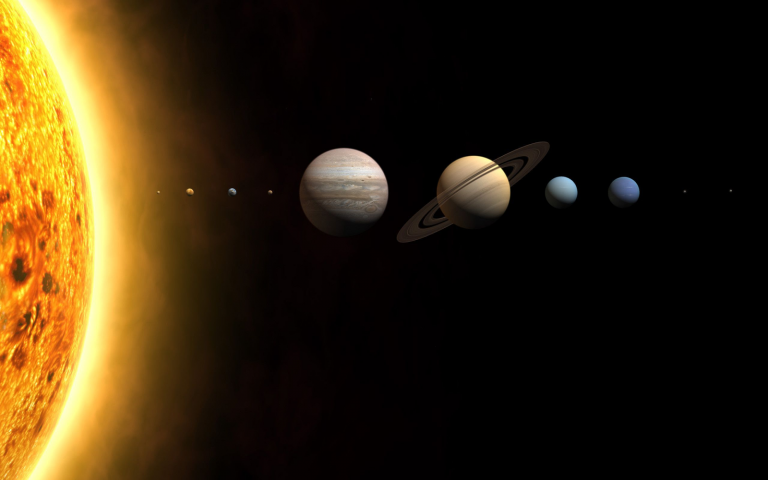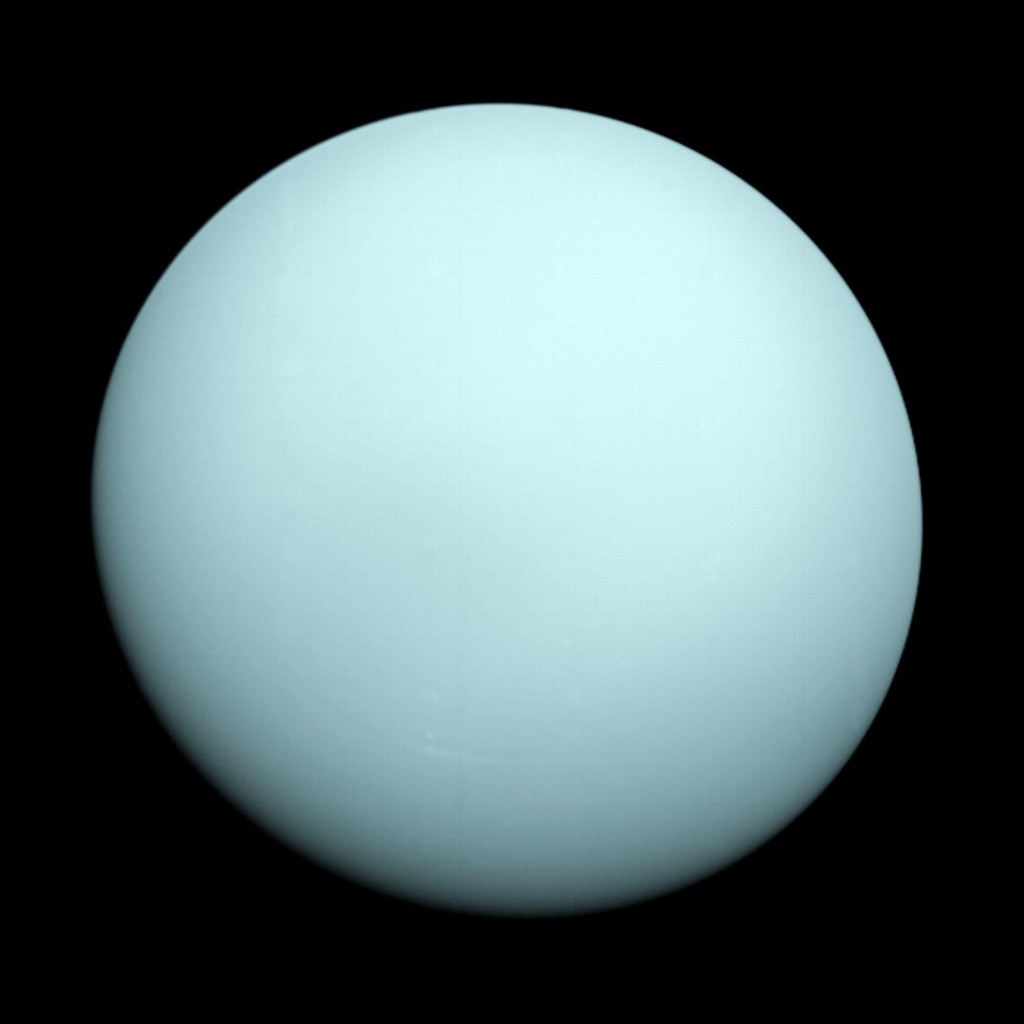uranus and neptune
Uranus and Neptune: Ice Giants (Winter 2017)
Of the approximately 100 billion solar systems in the milky way galaxy, our solar system consists of eight planets that orbit the sun. The outermost planets consist of Jupiter, Saturn, Uranus, and Neptune. These planets are known as “Gas Giants” and are often referred to as Jovian Planets because of their chemical components. However, due to their extremely cold temperatures and large accumulations of ice, Uranus and Neptune are typically paired together and are commonly known as “ice giants”.
Why Do Uranus and Neptune Appear Blue? (Fall 2016)
Neptune and Uranus, two of the Jovian planets in our solar system, are known for their remarkable blue colours. Since their discoveries, the cause of their mysterious blue atmospheres has been questioned by many scientists and astronomers. Quite recently, it has been discovered that the cause for this colouration is due to the presence of low methane concentrations in each of the planet’s atmospheres.
Using data acquired from various spectrometer readings, scientists have concluded that Neptune and Uranus’ atmospheric compositions are quite similar, regardless of their differing sizes and positions in the solar system. Our aim is to gain a deeper understanding as to why the planets are blue, as well as to understand the different technologies, and methods utilized by scientists to reach these results.
Why are Uranus and Neptune Blue? (Winter 2016)
It is perhaps the most commonly known thing about Uranus and Neptune that they are very blue. The other thing people know about them is perhaps that they’re cold. While this is an amusing coincidence relating to our associations between the color and temperature, they are not directly related. In this lab, we will examine and discuss a brief history of each planet, then try to understand not only what their colors are and what causes the color, but how we can tell what causes the color.


